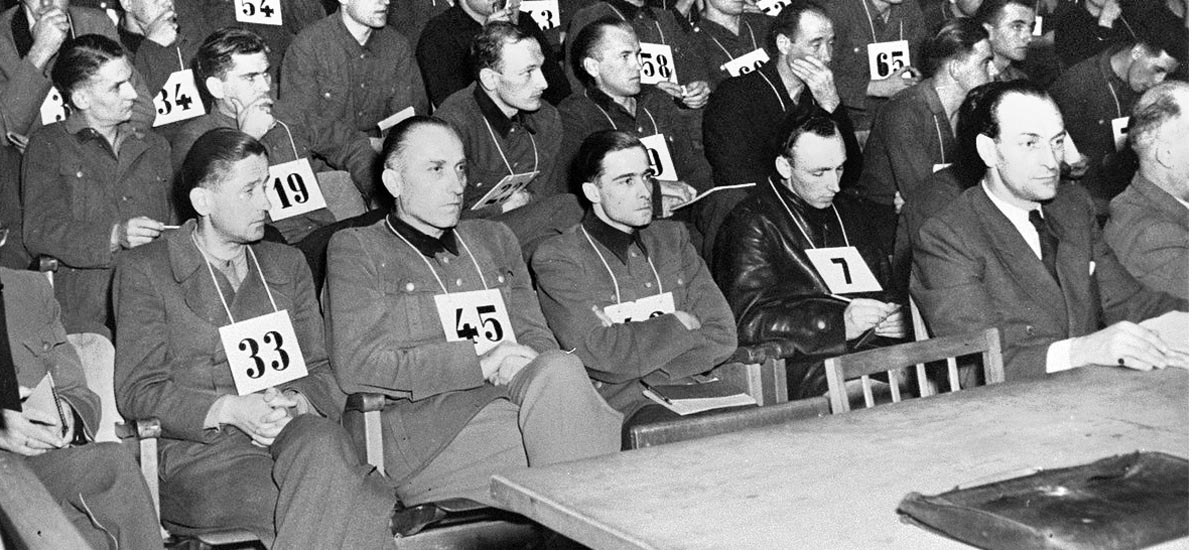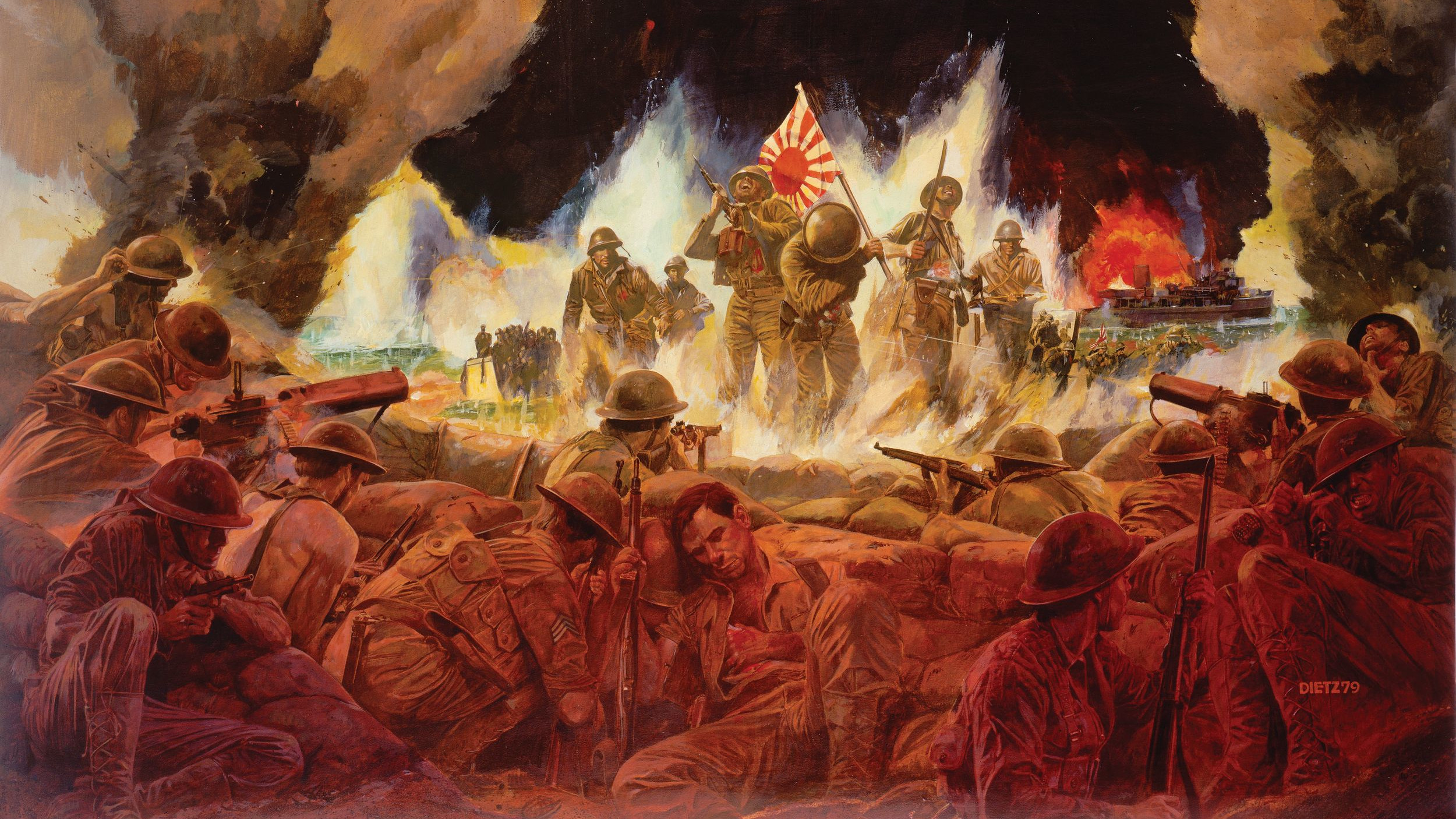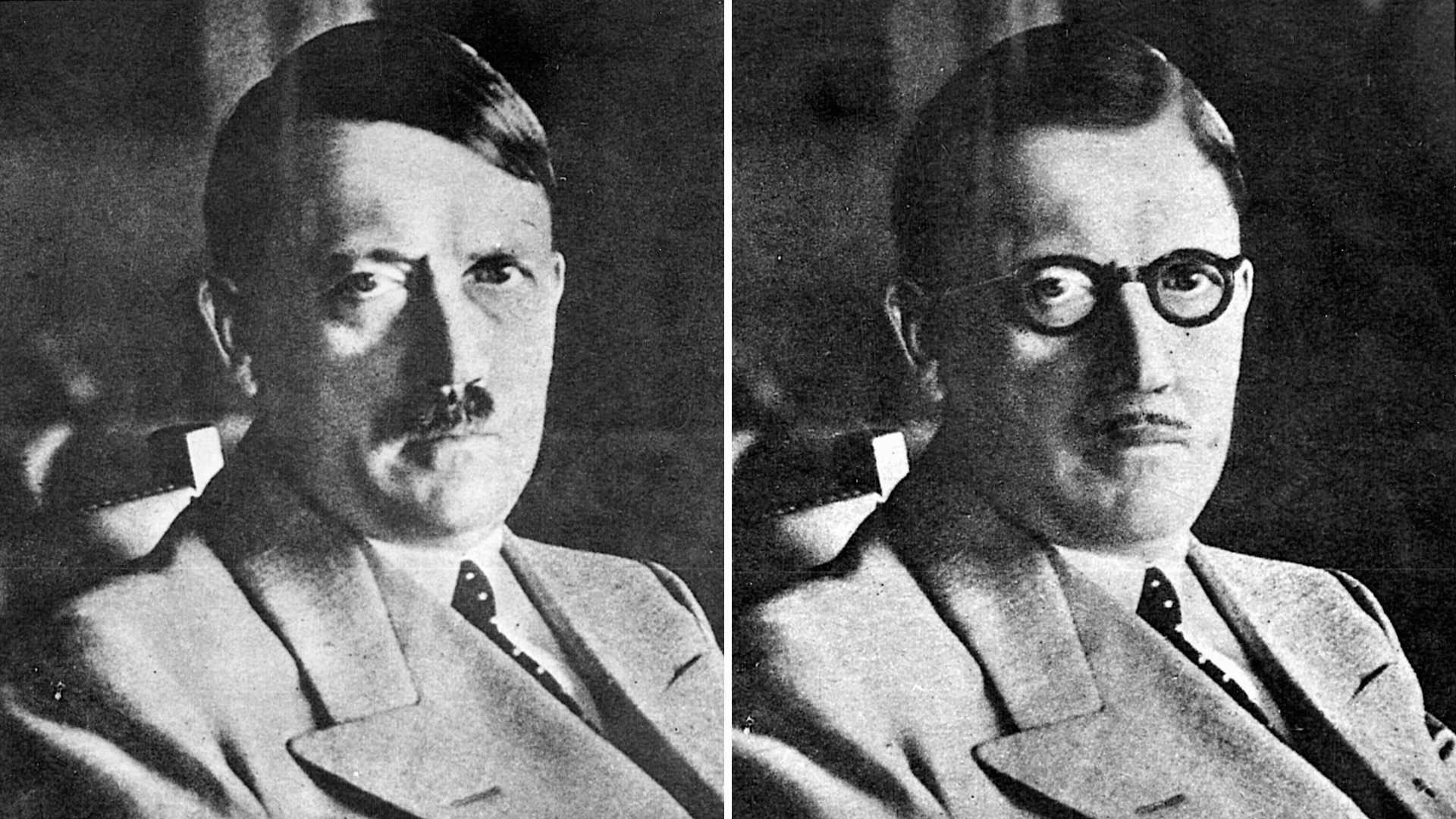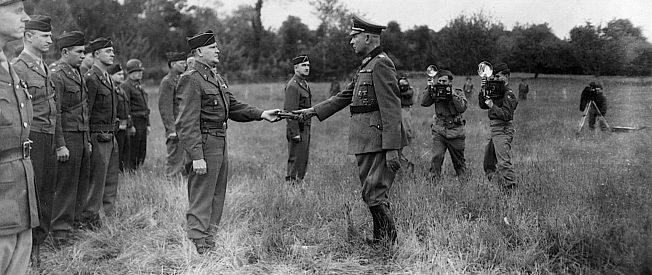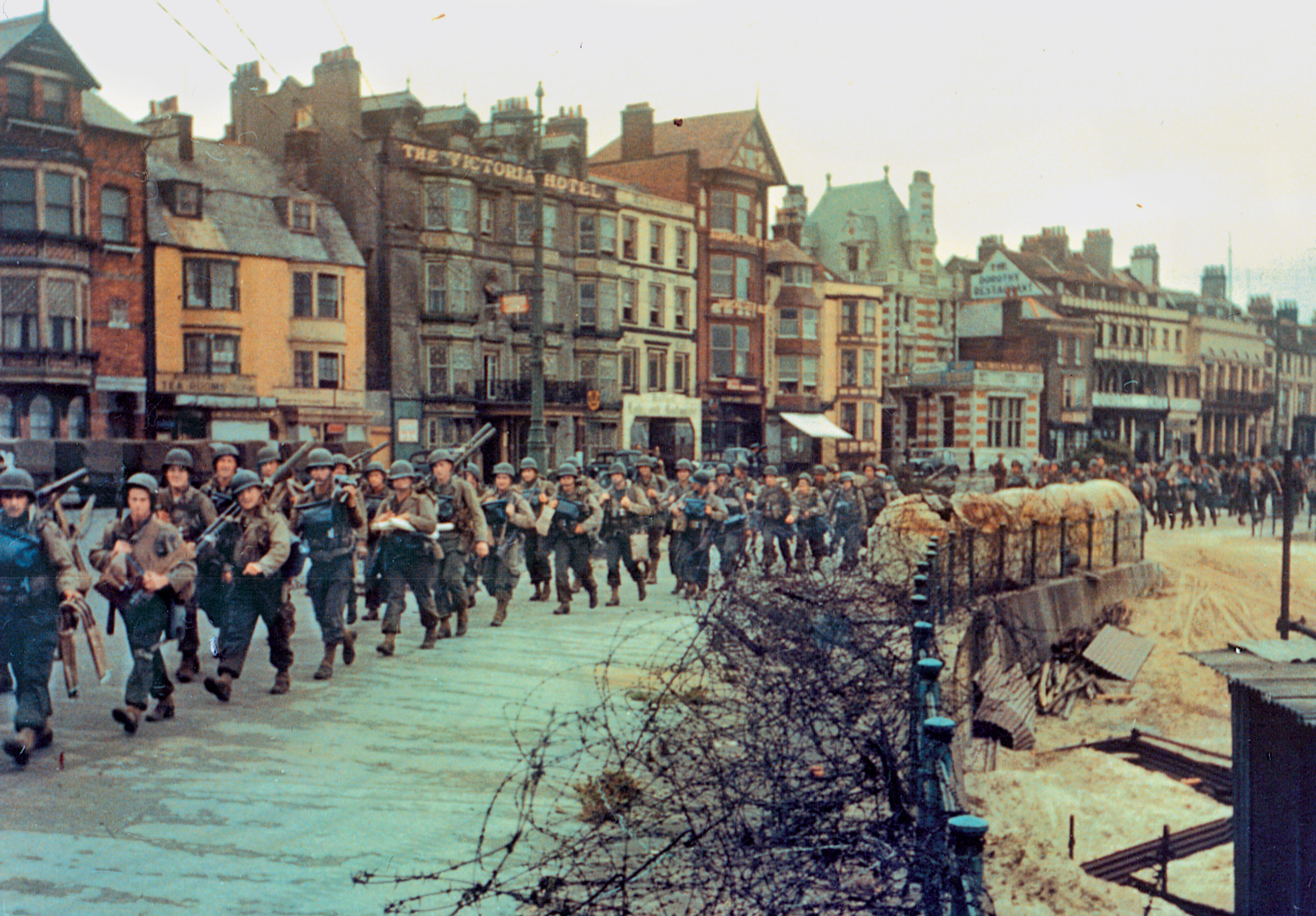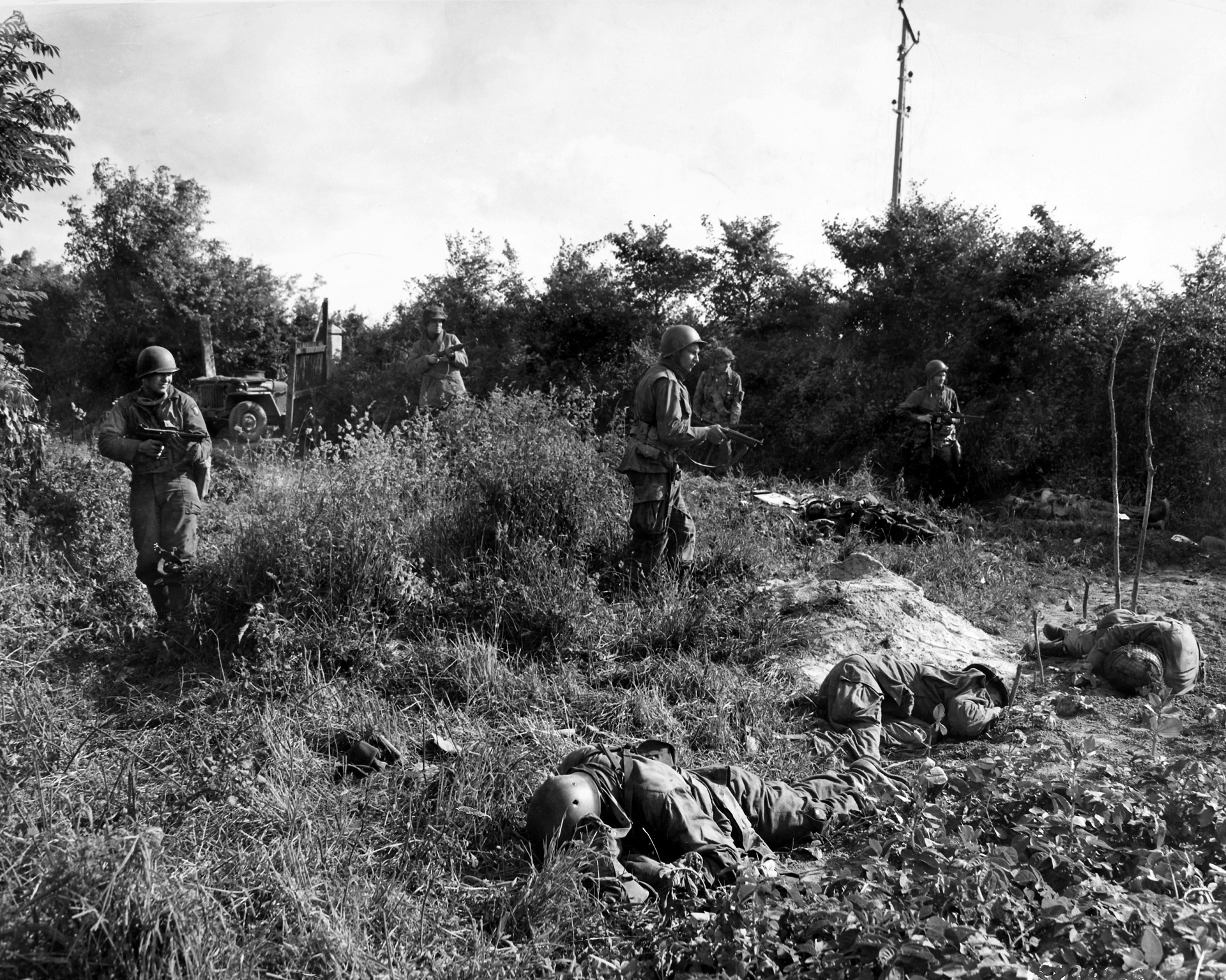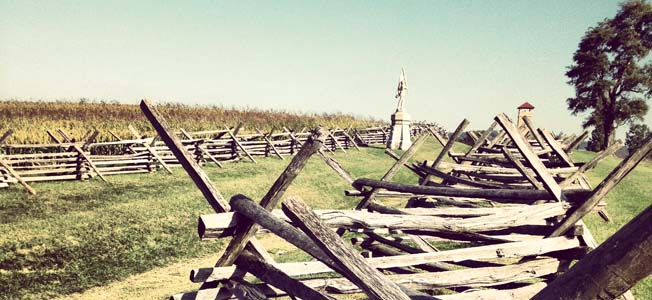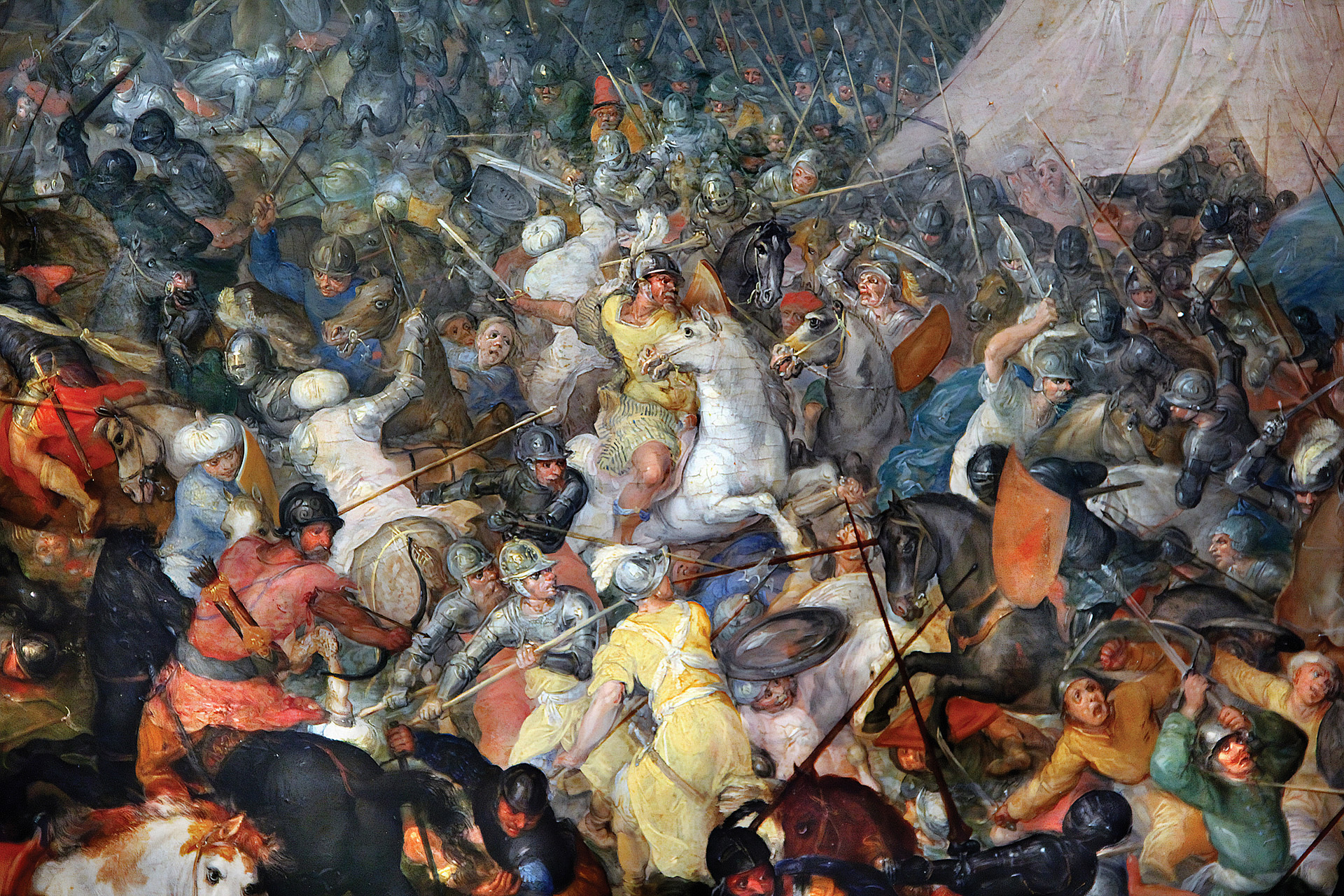By Michael E. Haskew
It was a dismal day, Sunday, December 17, 1944, just hours after the Germans had broken through the thinly held American lines in the Ardennes Forest along rugged terrain of the Western Front.
The thunderclap of Operation Wacht am Rhein (Watch on the Rhine) had struck with sudden fury, sending the Americans reeling, units scrambling to defend against an onslaught of infantry, armor, and artillery aimed at driving a wedge between the Allied forces north and south, crossing the Meuse River, and capturing the vital port of Antwerp, Belgium. In his delirium, Hitler believed this bold counterstroke in the West, fraught with risk though it was, might bring victory or at least a negotiated peace with Britain and the United States.
In the end, the great Battle of the Bulge resulted in devastating defeat for the Germans, but it was a near-run thing 75 years ago. Amid the death and destruction, one particular event resonates across the decades, an incident so brutal and unwarranted that historians wince today at its very mention. The Malmedy Massacre claimed the lives of at least 86 Americans, men of the 285th Field Artillery Observation Battalion, captured by SS troops under the command of Obersturmbannführer Joachim Peiper and then mercilessly gunned down in a snowy field near the once quiet Belgian town.
Peiper’s battlegroup of the 1st SS Panzer Division Leibstandarte Adolf Hitler was the tip of the spear of General Joseph “Sepp” Dietrich’s Sixth Panzer Army, racing toward the Meuse. Peiper refused to allow prisoners to slow his pace, and the American prisoners stood in the snow for two hours … waiting. Then, without warning a pistol shot rang out. Another followed, and the chatter of automatic weapons tore into the ranks. Men fell mortally wounded or dead before they hit the ground.
Private Homer D. Ford, one of the few survivors, recalled, “They came along with pistols and rifles and shot some that were still breathing and hit others in the head with rifle butts. I was hit in the arm. The men were all laying [sic] around moaning and crying. When the Germans came over, they would say, ‘Is he breathing?’ and would either shoot them or hit them with the butt of the gun. After they fired at us, I lay stretched out with my hands out, and I could feel the blood oozing out.”
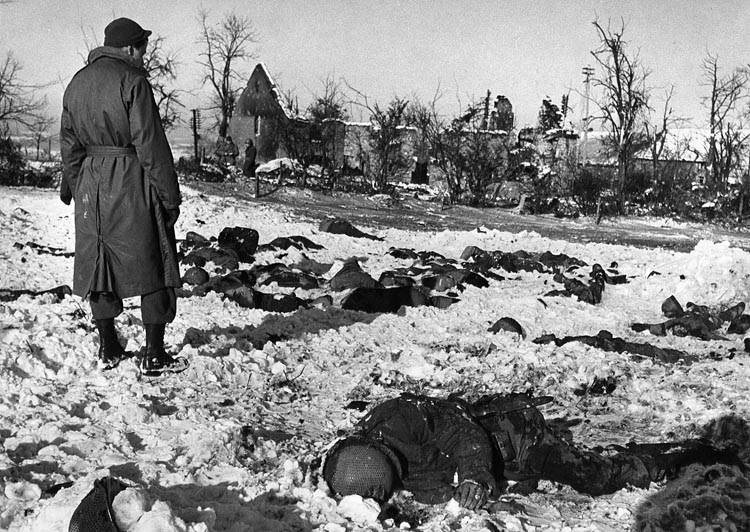
Peiper’s column rolled ahead, only to be trapped and nearly annihilated as the Allies rebounded from the initial shock of the German offensive. The bodies of the massacre victims were recovered, and the SS troops were identified as the perpetrators, not only at Malmedy but also other locations along their route of march.
None of the SS Soldiers Responsible for the Malmedy Massacre Sentenced to Hanging Actually Went to the Gallows
Peiper survived the war to stand trial along with other former officers and soldiers of the Waffen SS during an American military tribunal at Dachau in Bavaria. On July 16, 1946, more than 20 defendants received life in prison, while 43, including Peiper, were sentenced to death by hanging. Eight others received lengthy prison terms. Politics subsequently intervened.
Senator Joseph McCarthy of Wisconsin pushed for a new trial as certain evidence suggested that Peiper had been tortured into a confession of the crime. By March 1948, the U.S. Senate Armed Services Committee had voted to commute 31 death sentences. A month later, General Lucius Clay of the U.S. European Command reduced six more death sentences to prison terms.
In the end, none of the Malmedy Massacre defendants went to the gallows. Peiper, Dietrich, and several other former SS men who played roles in the massacre were released from prison after serving 13 years.
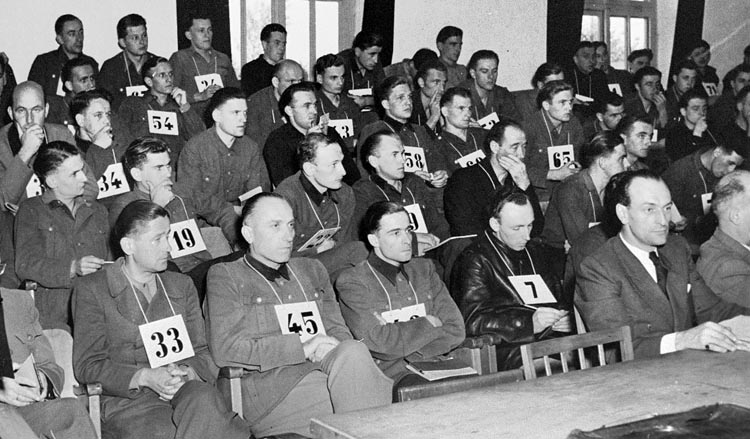
Memories of the atrocities committed under Peiper’s command remained fresh in the minds of many after World War II ended. On the night of July 14, 1976, Bastille Day, Peiper’s home in Traves, a village in central France, was firebombed, and the charred body of the 61-year-old convicted war criminal was found in the burned-out ruins. A shadowy group called The Avengers claimed responsibility, and no one was ever prosecuted.
Peiper’s former SS comrades held him in high regard during his lifetime, and even after his death. (Read more about the aftermath of the Second World War and its most infamous soldiers inside WWII History magazine.)
